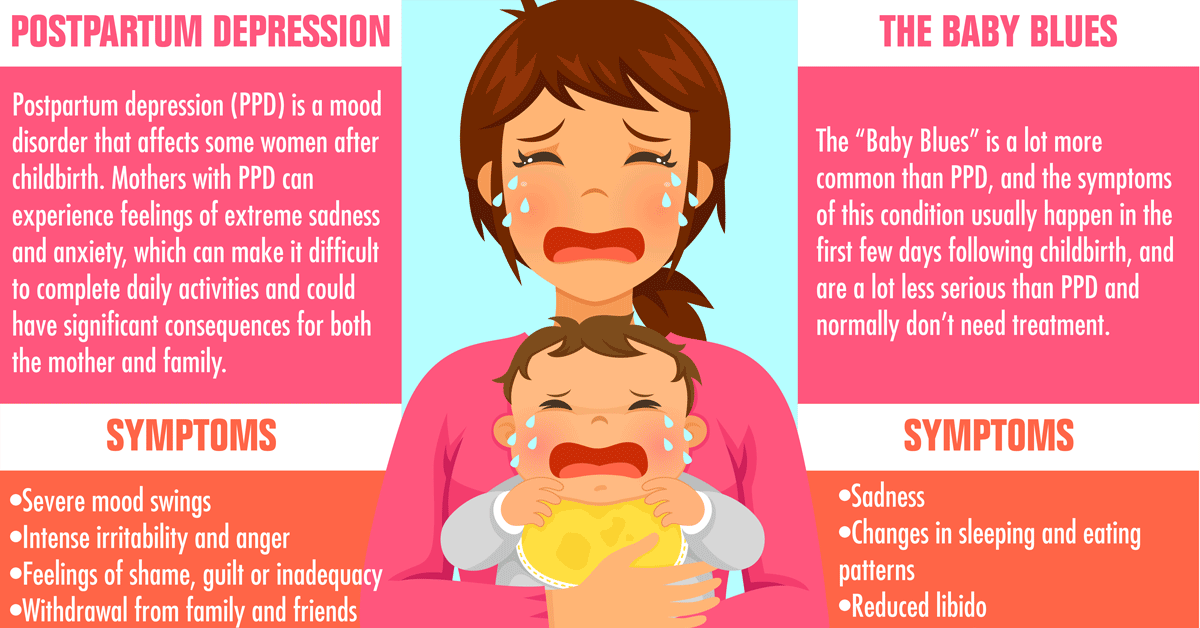What Is Holistic Mental Health Treatment
What Is Holistic Mental Health Treatment
Blog Article
Just How Do Mood Stabilizers Job?
Mood stabilizers assist to calm locations of the brain that are affected by bipolar affective disorder. These drugs are most efficient when they are taken routinely.
It might take a while to locate the appropriate medicine that works best for you and your physician will certainly check your condition throughout treatment. This will entail routine blood tests and perhaps a modification in your prescription.
Neurotransmitter regulation
Natural chemicals are a group of chemicals that regulate each other in healthy people. When levels become unbalanced, this can bring about mood disorders like anxiety, anxiousness and mania. Mood stabilizers help to stop these episodes by assisting regulate the balance of these chemicals in the brain. They likewise may be utilized together with antidepressants to improve their effectiveness.
Drugs that work as state of mind stabilizers include lithium, anticonvulsants and antipsychotics. Lithium is perhaps one of the most well known of these medications and jobs by influencing the circulation of salt through nerve and muscular tissue cells. It is usually used to deal with bipolar illness, however it can also be useful in dealing with various other state of mind conditions. Anticonvulsants such as valproate, lamotrigine and carbamazepine are also efficient mood stabilizing drugs.
It can spend some time to find the best sort of drug and dosage for each individual. It is very important to deal with your physician and engage in an open discussion regarding exactly how the medication is benefiting you. This can be particularly useful if you're experiencing any negative effects.
Ion channel inflection
Ion channels are a significant target of state of mind stabilizers and lots of various other drugs. It is currently well established that they are vibrant entities that can be regulated by a variety of outside stimulations. In addition, the inflection of these channels can have a variety of temporal results. At one extreme, changes in gating dynamics might be fast and instantaneous, as in the nicotinic acetylcholine receptor/channel system. At the other end of the range, covalent modification by protein phosphorylation may cause adjustments in channel feature that last much longer.
The field of ion channel modulation is getting in a period of maturation. Current research studies have actually demonstrated that transcranial focused ultrasound (United States) can boost nerve cells by activating mechanosensitive potassium and salt channels embedded within the cell membrane. This was demonstrated by revealed channels from the two-pore domain potassium household in Xenopus oocytes, and concentrated US considerably regulated the current streaming with these networks at a holding voltage of -70 mV (best panel, relative impact). The results follow previous observations revealing that antidepressants impacting Kv networks manage glia-neuron interactions to contrary depressive-like behaviors.
Neuroprotection
State of mind stabilizers, like lithium, valproic acid (VPA), and carbamazepine, are important in the treatment of bipolar affective disorder, which is defined by recurrent episodes of mania and depression. These medications have neuroprotective and anti-apoptotic buildings that aid to prevent mobile damage, and they additionally boost cellular strength and plasticity in inefficient synapses and neural circuitry.
These protective actions of mood stabilizers may be moderated by their inhibition of GSK-3, inositol signaling, and HDAC task. Furthermore, lasting lithium therapy shields against glutamate excitotoxicity in cultured neurons-- a design for neurodegenerative disorders.
Studies of the molecular and cellular impacts of mood stabilizers have shown that these medications have a wide variety of intracellular targets, including multiple kinases and receptors, as well as epigenetic modifications. Refresher course is required to establish if state of mind stabilizers have neurotrophic/neuroprotective activities that are cell kind or circuitry particular, and how these results might match the rapid-acting therapeutic response of these agents. This will help to create new, quicker acting, much more efficient therapies for psychological ailments.
Intracellular signaling
Cell signaling is the process through which cells communicate with their setting and other cells. It entails a series of steps in which ligands communicate with membrane-associated receptors and result in activation of intracellular pathways that control crucial downstream mobile functions.
Mood stabilizers act upon intracellular signaling with the activation of serine-threonine protein kinases, causing the phosphorylation of substratum proteins. This turns on signaling waterfalls, dialectical behavior therapy (dbt) resulting in adjustments in genetics expression and cellular feature.
Lots of mood stabilizers (consisting of lithium, valproate and lamotrigine) target intracellular signaling pathways by inhibiting certain phosphatases or activating specific kinases. These impacts cause a decline in the activity of these paths, which results in a reduction in the synthesis of particular chemicals that can influence the mind and bring about signs and symptoms of anxiety or mania.
Some mood stabilizers likewise work by enhancing the task of the inhibitory natural chemical gamma-aminobutryic acid (GABA). This enhances the GABAergic transmission in the mind and minimizes neural activity, thus producing a calming effect.